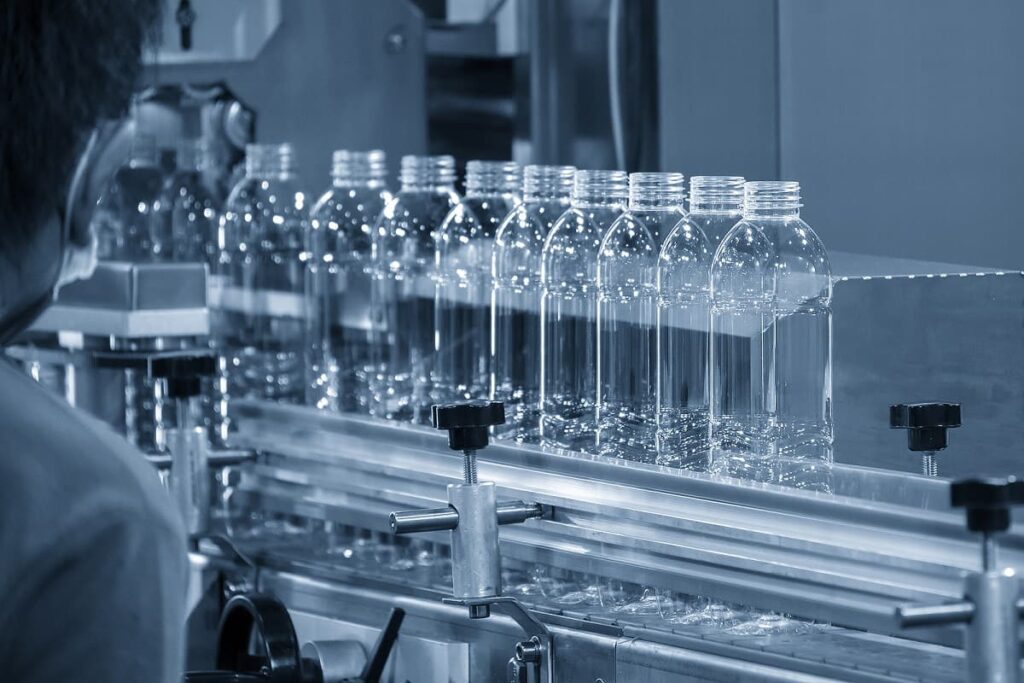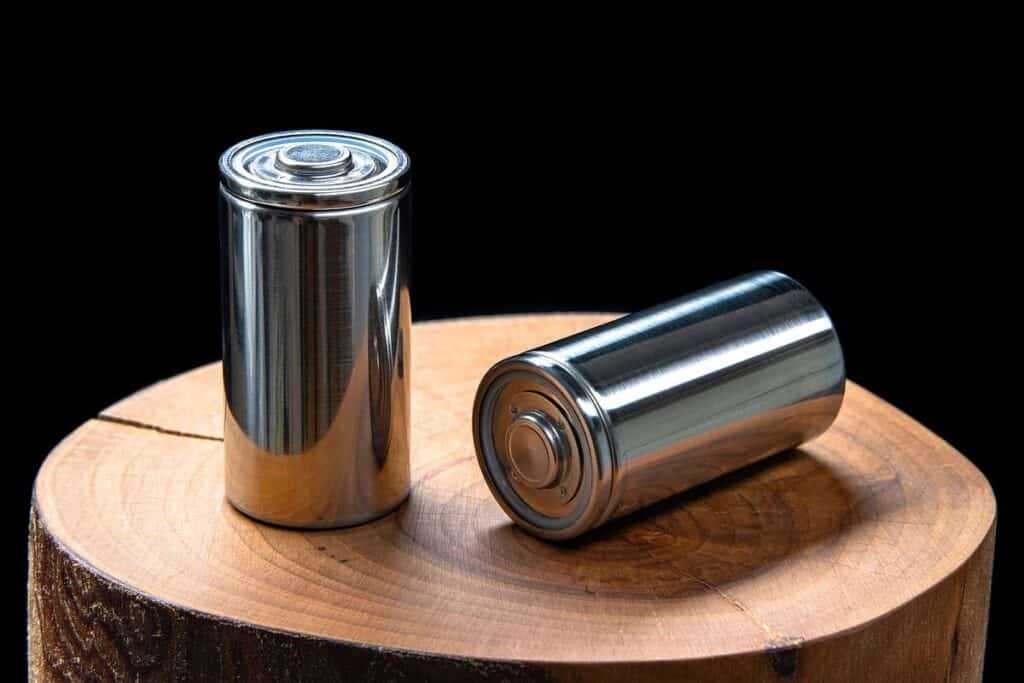8 Israeli Waste and Recycling Startups
Table of contents

While Silicon Valley is synonymous with innovation, the lesser-known Silicon Wadi is perhaps more impressive. In Arabic, “wadi” means valley, so it’s a fitting way to describe the high concentration of technology companies on the coastal plain of Israel. For a country with just over 8.7 million people (that’s about the same size as New Yawk City), Israel is a recognized world leader in innovation with 85% of venture capital for Israeli startups coming from foreign investors. However, when it comes to waste handling, innovation seems lacking. More than 80% of municipal solid waste (MSW) in Israel goes to landfills, one of the highest percentages of all 36 OECD countries. Much of that waste comes in the form of plastics.
In 2016, humans generated about 242 million tons of plastic waste or 12 percent of the total solid waste collected around the globe. Plastic waste can contaminate waterways and damage ecosystems for years if not collected or managed correctly. According to the World Wildlife Fund for Nature, the Mediterranean region is the fourth biggest producer of plastic products. Says the report, “every year, 0.57 million tonnes of plastic enters Mediterranean waters. This is equivalent to dumping 33,800 plastic bottles into the sea every minute.”

Israel’s technological center and second-largest city, Tel Aviv, is considered a “hotspot” for the plastic problem with roughly 46 pounds (21 kilograms) of plastic debris accumulating on every kilometer of coastline, every single day. Hence, it comes as no surprise that more and more Israeli startups are looking for ways to manage waste and reduce plastic use. Let’s take a look at eight Israeli waste and recycling startups taken from the below market map put together by Laure Sune, a Venture Capital Analyst at iAngels.

Valentis Nanotech


Using Valentis Nanotech’s technology, manufacturers can easily adjust the temperature, pH level, and moisture for a product, simply by manipulating the packaging. A presentation posted online by one of their investors, The Trendlines Group, shows that they’ve been collaborating with companies across the globe and are now looking to raise more money.
3PLW

UBQ Materials

The first step is to sort the waste materials, a process that typically takes a few hours. (Barcelona startup Sadako can probably help speed this up.) The processed waste materials are then crushed, cut up, or shredded, then cleaned and subsequently heated to create a homogeneous substance that the company describes as a “garbage caramel.” Eventually, the substance is used as feedstock to form pseudo-plastic pellets which can be shaped into various objects like packing crates, trays, or even recycle bins like the ones seen below.

The product is already being supplied to local manufacturers with a capacity of 5,000 tons per year. Arcos Dorados, the largest independent McDonald’s franchise in the world, has committed to “begin using this new environmentally-friendly material in some restaurants’ items starting in the first quarter of 2020.”
TIPA


In 2019, Google’s shopping site Google Express, disclosed that it will be using TIPA’s compostable packaging for all its products. Today, TIPA’s compostable packaging materials are being used by large U.K. supermarkets like Waitrose and Ocado instead of plastic.
Melodea
Founded in 2010, Melodea has taken in an undisclosed amount of funding so far to develop a unique technology for the extraction and industrial production of cellulose nanocrystals (CNCs) from wood pulp and paper production side streams. Similar to Valentis Nanotech, the company extracts CNCs and using them to produce products like water-based adhesives, paints and coatings, or eco-friendly foams. Says the company about CNCs:
Cellulose is the most abundant bio-polymer on earth. It is a primary building block of the cell wall of all living plants. CNC provides plants with extraordinary strength, that can be utilized as a building block for the enhancement of existing materials and for the production of novel eco-friendly materials.
CNCs are gradually becoming the go-to bio-based material for a slew of industries including biomedicine, electronics, and pharmaceuticals. Europe alone produces 11 million tons of paper waste every year which Melodea’s technology could be used to create everything from high-performance packaging solutions to water-based wood coatings.
Blue Sphere

Blue Sphere takes feedstock, which is basically any organic waste material, and breaks it down using anaerobic bacteria. This process offers two benefits: the first is that the waste will turn into biogas, and the second is that the by-product can be used as compost. Sounds great, but what about smaller implementations? In our previous article titled “Can Waste-to-Energy Work for Island Nations?” we questioned the economics of waste-to-energy solutions at smaller scales.
Wasteless


The Wasteless system provides retailers with adjusted prices based on the expiration dates of food items. Product prices are determined in accordance with a number of variables like brand strength, sales volume, remaining inventory, and even the socioeconomic status of the buyers. Wasteless’ pricing engine employs a branch of machine learning called “reinforcement learning” which allows them to quickly learn how consumers respond to dynamic pricing in order to find the optimal discounting policy. Store owners can easily track their inventory and update their prices in real-time via electronic shelf labels.
Homebiogas
According to a WHO and UNICEF report, 36 percent of the world’s population – around 2.8 billion people – have no access to sewers. Defecation in open areas causes diseases like cholera as well as thousands of deaths every year. Founded in 2010, Homebiogas has taken in roughly $1.89 million in funding so far to come up with a system that turns organic waste into biogas. In 2018, Homebiogas launched the bio-toilet which can convert human waste into cooking fuel sans the need to access sewers or water grids.

Since the bio-toilet is compact, it’s convenient to transport to any remote village and can even fit on the back of a moped. Do-it-yourself assembly makes it an ideal choice for off-the-grid villages and disaster areas. According to the company’s leaders, it’s pretty much like buying a closet from Ikea. In terms of user experience, Biogas explains that it’s no different than regular toilets. The Bio-Toilet’s manual pump sends the toilet waste directly to the Homebiogas appliance which converts it into cooking fuel. So far, Bio-Toilets have been installed in remote communities in Israel and in some local hospitals in Guatemala. They can also use some in Kiribati, if you can figure out how to get them there.
Conclusion
The majority of these startups are focusing on plastic alternatives for packaging, something we touched on in last year’s piece “7 Startups Recycling Plastic with New Technology.” Spend time in enough emerging markets and you’ll quickly notice how big the plastics problem is, and you’re not likely to change human behavior anytime soon. Plastic alternatives are probably the best way to rid this planet of plastics, but we need to avoid solutions that require subsidization and focus on solutions that scale on their own accord because they offer cheaper packaging solutions for manufacturers. Getting any company to use packaging solutions that are cheaper or offer better functionality is an easy sell, proving you can do well by doing good.
Sign up to our newsletter to get more of our great research delivered straight to your inbox!
Nanalyze Weekly includes useful insights written by our team of underpaid MBAs, research on new disruptive technology stocks flying under the radar, and summaries of our recent research. Always 100% free.














